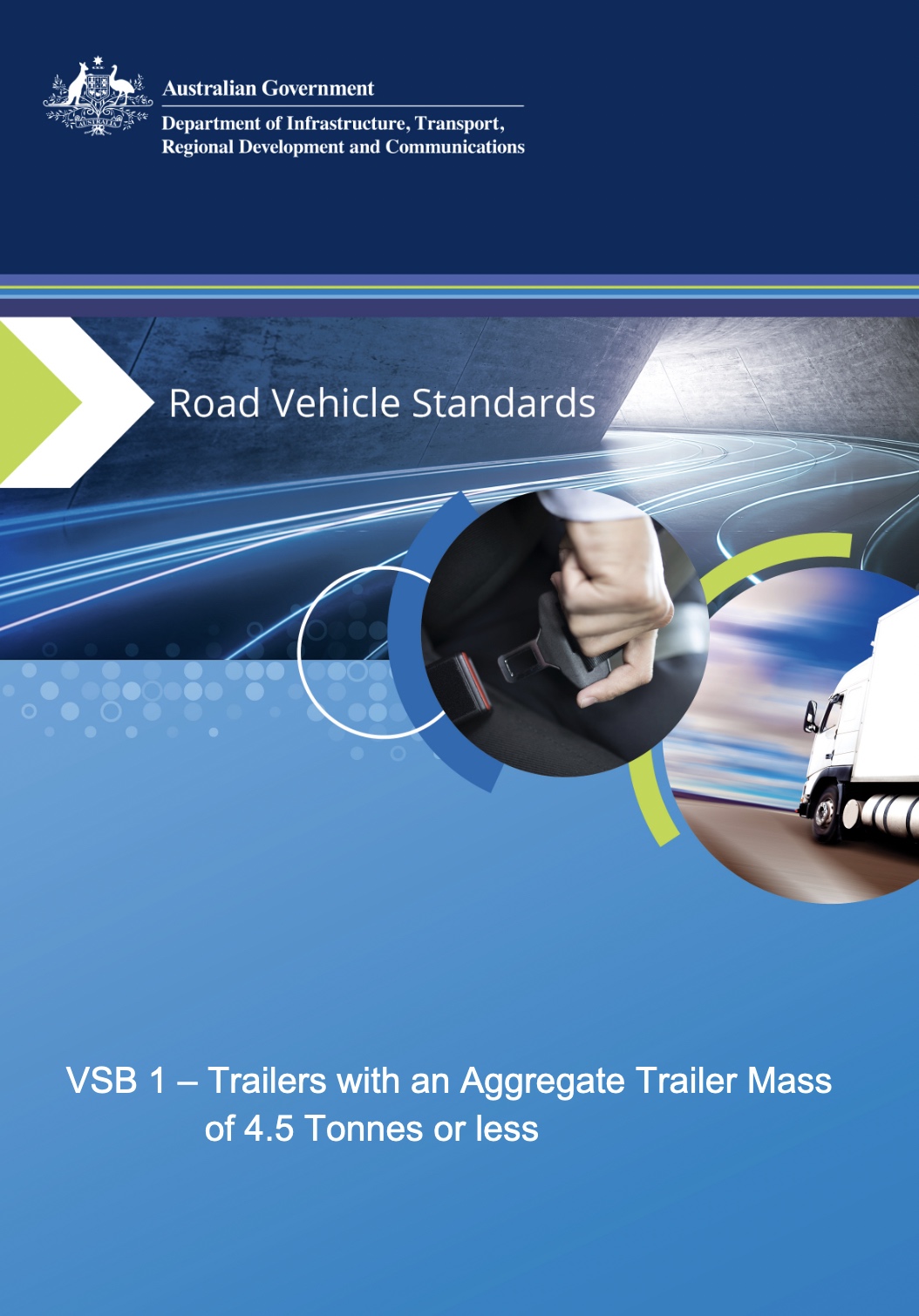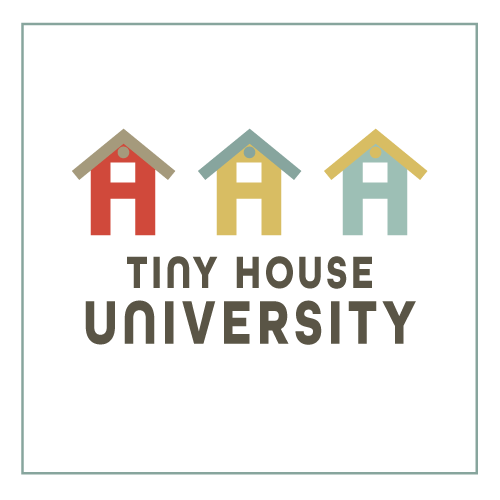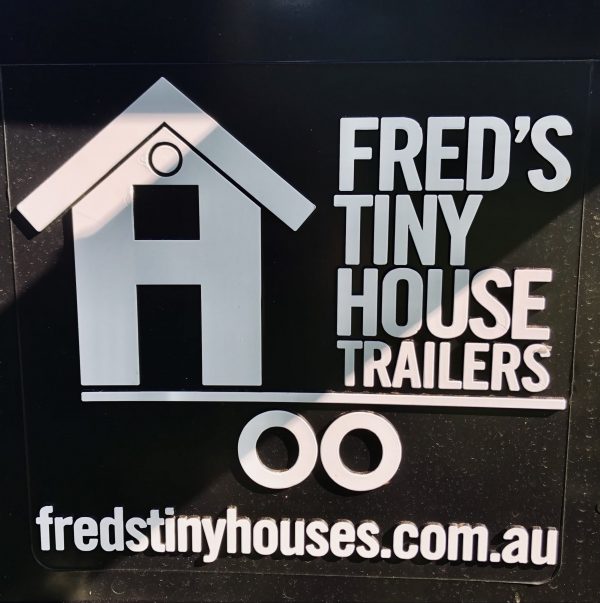Tiny House Trailer Buying Guide
Purchasing a tiny house on wheels or a trailer?
What you need to know:
Caution:
The low ATM* (less than 4500kg) trailer industry in Australia is currently operating in a scant & inconsistently monitored regulatory environment and from July 1st 2023, while the regulatory standard will get better & higher, buyers will still need to exercise caution when buying a new or used trailer for a tiny house. Here’s why:
Accountability to the standard is a state-based system, administered by the road authority in that state and accountability to the standard varies widely from state to state, office to office and person to person.
Current Standards for Tiny House Trailers:
The relevant document for manufacturing a trailer in Australia comes from the Australian Department of Infrastructure, Transport, Regional Development and Communication and is called the VSB1 (Vehicle Standard Bulletin 1).
Whilst the VSB1 is a national standard, compliance with the standard is a state-based responsibility given to the road authority in each state. The methods & procedures for monitoring compliance to the VSB1 varies by state resulting in different implementation of the same standard.
The VSB1 sets out minimum standards that trailers & caravans need to meet in order to be registered and approved for travel on Australian roadways. Buyers need to know that the VSB1 is a minimum standard, not a high standard.
Roadworthiness:
An ‘unregistered vehicle permit’ for transporting ‘oversized vehicles’ (tiny houses that are unable to be registered) will only be granted if the tiny house on wheels is roadworthy.
To be roadworthy, a tiny house must weigh less than the weight rating of the trailer (the ATM*).
If a tiny house on wheels is heavier than the weight rating of the trailer, the tiny house is UNROADWORTHY. This means it cannot be transported on it’s own wheels.
To transport an overweight (and therefore unroadworthy) tiny house vehicle, would require loading it onto a low-loader or “lowboy” trailer to be carried.
The low-loader transport option can work, so long as the tiny house does not then exceed the height limit of what the transport company is insured to carry. Many tiny houses would exceed the height limit as soon as they are loaded onto the low-loader tray.
The key to avoiding this problem is to build a lightweight tiny house vehicle that, when completed, is UNDER the weight rating of the trailer and in all other respects is roadworthy.
Does the presence of a rego plate mean it complies with the VSB1?:
No. Here’s why:
When a trailer is successfully registered, a registration number plate is attached to the rear of the trailer. However a buyer of a tiny house trailer should not assume compliance with the VSB1 standard, just because the trailer has a rego plate.
A registration is only as good as the thoroughness of the inspection that was undertaken to gain that registration and in many states and offices this is a very cursory & superficial inspection done by office staff, not automotive engineers or even a dedicated team of inspectors trained for this work.
National standards are rising, but…
On July 1st 2023 the VSB1 will be upgraded from the current Version 5 to Version 6.
This will go some way in raising the standard of new trailers sold in Australia, however it will not eliminate poor quality trailers and those not ‘fit for purpose’ from the market, nor will it eliminate existing tiny house trailers from being sold as old stock or re-sold on the second-hand market.
Australia Consumer Law:
Everything that is sold in Australia is protected by consumer law. This law states that the product has to be ’fit for purpose’. If you purchase something, like a tiny house trailer, that is NOT fit for purpose, you can take the case through a civil tribunal process. But your best bet is to know how to spot a good trailer before you buy it.
Examples of trailers that are NOT fit for purpose include:
- A 50mm ball coupling is not fit for purpose on trailers rated for more than 3500kgs.
- A trailer that has an electric brake system can be rated to a maximum of 4500kgs. If the trailer is rated to more than 4500kgs it needs to have something other than electric brakes, like air over hydraulic brakes, for example.
- Suspension has to be stiff enough to keep a tiny house off the wheel guards during transport to be fit for purpose. If it has weak suspension (or no suspension!) the tiny house may be damaged during transport.
If you see a skid mark on the underside of the wheel guard because the tyre has “kissed” the bottom of the wheel guard while travelling, that tyre was not able to rotate freely and may indicate the trailer is either overloaded, poorly designed and/or not fit for purpose.
Examples of tiny houses that are NOT fit for purpose:
- If a tiny house on wheels weighs more than the trailer rating weight (ATM*), then it is unroadworthy and not able to be rolled on it’s own wheels. It is therefore not fit for purpose.
- If a tiny house has a registration plate on it, that registration plate may be for the open trailer, not the caravan that was built on top of it. The caravan itself has to meet specific standards outlined in the VSB1 to qualify as a register-able vehicle. See below for questions to ask when purchasing a tiny house or trailer.
Ask these questions when buying a…
Trailer:
- Will the trailer be able to be registered?
- What is the trailer rated to? This determines the overall weight limit of your tiny house and trailer combined once completed. Long trailers may end up with a tiny house that is overweight, so who is going to be keeping track of the weight of your tiny house build?
- What kind of braking system will be installed? Electric brakes are only suitable for trailer up to an ATM* of 4500kg.
- What will the tare weight of the trailer be? This is the weight of the trailer on it’s own. The higher the weight of the trailer, the less weight you have remaining to build your house.
- What kind of coupling will be attached? (If a 50mm ball the coupling then the trailer can only be rated to and ATM of up to 3500kgs max. Couplings for ATM’s of 3500kgs – 4500kgs commonly include a 70mm ball or a pintle ring.)
Tiny house:
- Can I see a weigh bridge ticket of the completed tiny house? (Don’t just take their word for it.)
- Is the tiny house registered as a caravan? (Best to see there are rego papers for a caravan, not just the trailer.)
- Does the tiny house have a certificate of compliance for plumbing and electrical fit-out? (You’ll need these to qualify for insurance.)
Before purchasing a tiny house or trailer, keep these things in mind:
Give careful consideration to the length and width of the trailer you purchase, because long and wide trailers tend to result in heavy tiny houses that may exceed the weight rating of the trailer, rendering it unroadworthy.
Know that conventional building methods, whilst strong, may also result in a tiny house that is heavy and exceeds weight capacity of the trailer, rendering it unroadworthy.
The higher the “Tare Weight” of your trailer, the heavier it is, meaning there is less weight then available for building your tiny house and still staying under the trailer’s ATM.
*ATM stands for Aggregate Trailer Mass (ATM) and is the mass assigned by the manufacturer at the time of fabrication as the trailer’s maximum carrying capacity. Note, this rated capacity includes the mass of the trailer itself, the mass set upon the trailer (the house & contents part of your tiny house) and the mass imposed on coupling of the towing vehicle.
Further information:
Consumer information for buying tiny house trailers and tiny houses on wheels:
https://fredstinyhouses.com.au/tiny-house-consumer-information/
How big can I make my tiny house? Size and weight limitations in Australia:
https://fredstinyhouses.com.au/how-big-can-i-make-my-tiny-house-size-weight-limitations-in-australia/
Become an expert:
Take an Online Course or a Weekend Workshop:
Online Course:
https://www.tinyhouseuniversity.com.au/courses/how-to-build-a-tiny-house
Weekend workshop:
https://fredstinyhouses.com.au/tiny-house-building-workshops/
Downloadable copy available on the ATHA website:
Tiny House Trailer Buying Guide








